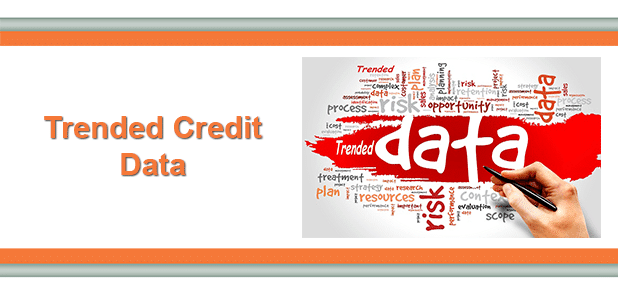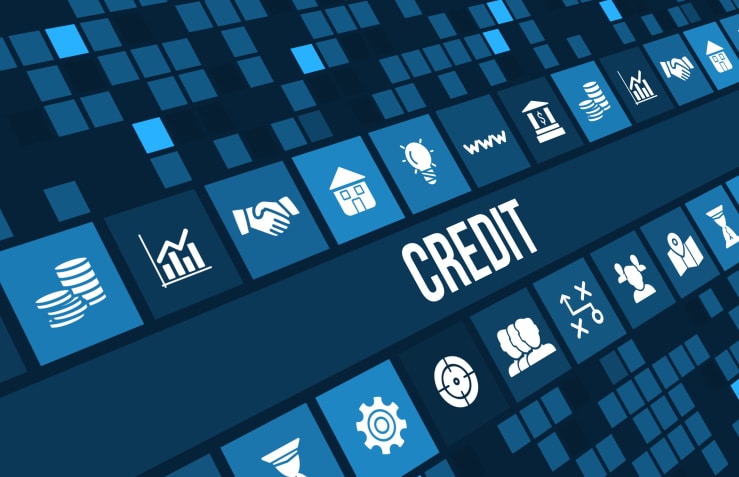If you have never heard of the term “trended data” before, then you need to pay close attention to this article. This somewhat recent addition (relatively speaking) to your credit reports could have a noteworthy influence over your credit scores and, by extension, your ability to qualify for loans and credit cards in the future.
What Is Trended Data Anyway?

Trended data offers lenders the ability to view your historical credit card payment information over time. Several years ago the 3 major credit bureaus (Equifax, TransUnion, and Experian) all began to add trended data to consumer credit reports. Prior to the inclusion of this information the only payment information reported about your credit card accounts was your balance, past due amount if applicable, and when you had made your payment (i.e. on time, 30 days late, 60 days late, etc.). However, the actual amount of your payment was missing.
Enter trended data. With the introduction of trended data new fields were added to your credit reports which could display the amount of your monthly payments to your credit card issuer over the past 24 months. Now that your payment amount is included on your credit reports lenders and credit score developers alike are able to determine whether you use your credit card and pay it off in full monthly or whether you allow a balance to revolve on your account from one month to the next. In other words, it is possible to tell whether you are a “revolver” or a “transactor.”
Why Trended Data Is So Important
As a follower of the Credit Pros you already know that it is important to pay off your credit card balances in full each month. Charging more on your credit cards than you can afford to pay off right away is a bad move for both your credit scores and your bank account. In fact, your revolving utilization ratio (that is a calculation of how much of your available credit limits you tap into on your credit card accounts) is already among the key factors considered when FICO calculates 30% of your credit scores. In other words, nearly 1/3 of your FICO credit scores are heavily affected by your credit card utilization habits.
With the addition of trended data to credit reports your credit card management habits will become even more important in the future. Remember, the primary purpose of credit scores is to help lenders predict the risk associated with taking you on as a customer. Low credit scores tell lenders that there is a higher risk that you will borrow money and fail to pay it back as promised.
Trended data helps lenders to predict risk more effectively. A study by TransUnion actually found that consumers who revolve outstanding credit card balances from month to month are 3-5 times riskier than consumers who pay off their balances in full monthly.
Soon trended data will likely begin influencing credit scores as well. VantageScore 4.0 is the first 3-bureau credit scoring model developed to consider trended data when calculating your credit scores. In order to remain competitive FICO will likely be following suit and introducing a score which considers trended data themselves.
One thing is for sure, lenders are paying attention to the predictive power of trended data. According to a quote by a major (undisclosed) lender featured on Equifax’s own website, “Trended data is the most important tool developed by the credit reporting agencies since the advent of the credit score.” Of course the credit bureaus did not actually create the credit score, FICO did, but that is an argument for another day. The point, as previously mentioned, is that lenders are paying attention to trended data.
The reason you should care about trended data is because this information is almost certainly going to be used as a means to evaluate your credit risk at some point. In fact, Fannie Mae already uses trended data in its mortgage risk assessment process. Paying off your credit card balances in full each month has become even more important than it was already, and that importance is only going to increase in the future.



